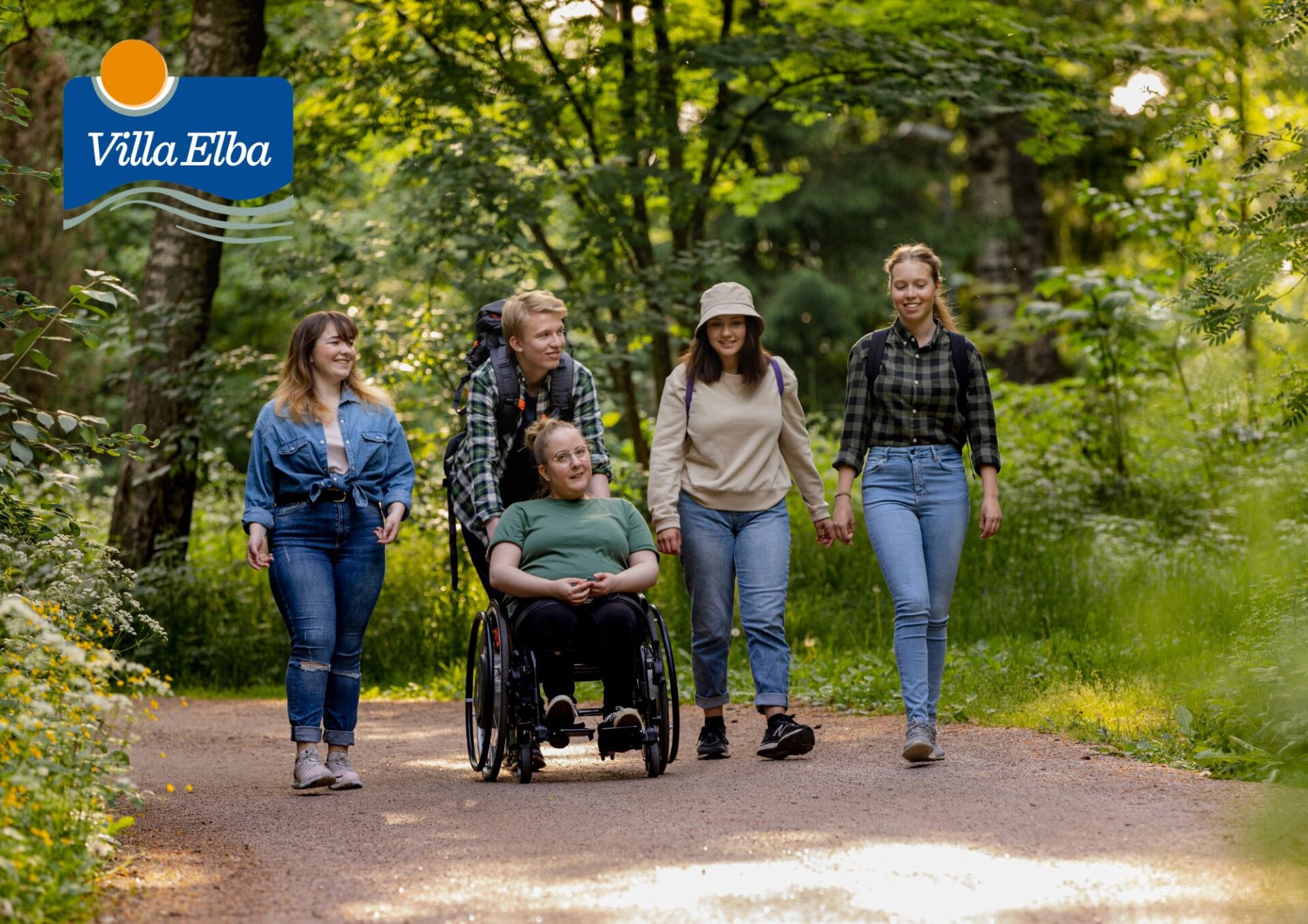OIKEITA HYÖTYJÄ
Green Key-sertifiointi tuo mukanaan paljon muutakin kuin kyltin ovenpieleen. Tarjoamme osallistujille henkilökohtaista tukea ja neuvontaa koko hakuprosessin ajan sekä ajantasaista tietoa jatkuvan kehityksen tueksi. Green Key-kohteet ovat osa kansainvälistä yhteisöä, joka jakaa hyviä käytäntöjä, vinkkejä ja kokemuksia.
Ollessasi mukana Green Key-ohjelmassa saat:
- TUKEA oikeiden ja vaikuttavien ympäristötoimien valintaan ja toteuttamiseen
- NEUVONTAA ja TYÖKALUJA vastuullisuusviestintään eri kohderyhmille
- SEURANTAMENETELMIÄ ja RAPORTTEJA ympäristötyön etenemisestä
- INSPIRAATIOTA muiden GK-kohteiden käytännöistä
- MARKKINOINTIHYÖTYÄ: monet matkailusivustot nostavat ekosertifioidut kohteet ylemmäs hakutuloksissa
JATKUVAA KEHITYSTÄ
Green Key -sertifikaatin saanut yritys on todennetusti vastuullisuuden edelläkävijä. Sertifikaatti perustuu YK:n kestävän kehityksen tavoitteisiin, ja sen vaatimukset ylittävät lain ja säädösten perustason. Sertifioitu yritys sitoutuu jatkuvasti lisäämään toimintansa sosiaalisia ja taloudellisia hyötyjä sekä minimoimaan ympäristökuormitustaan.
Käytännön toimia tehdään mm. seuraavilla osa-alueilla:
- ENERGIAN ja VEDEN SÄÄSTELIÄS KÄYTTÖ
- JÄTTEEN VÄHENTÄMINEN, LAJITTELU JA KIERRÄTYS
- Ympäristömerkittyjen PUHDISTUSAINEIDEN, PEHMO- ja TOIMISTOPAPEREIDEN päivittäiskäyttö
- KESTÄVÄSTI TUOTETUN RUOAN suosiminen ja RUOKAHÄVIKIN vähentäminen
- Henkilökunnan, asiakkaiden ja muiden sidosryhmien VASTUULLISUUSOSAAMISEN kehittäminen
Viisi kohdetyyppiä

125
Hotellia & Hostellia

8
Pientä majoitusliikettä

29
Leirintäaluetta & mökkikylää

25
Kahvilaa & ravintolaa

6
Käyntikohdetta

Katso Green Key:n esittely
“Yrityksemme ympäristöpolitiikka pakotti meidät käärimään hihat ja töihin. Etsimme sopivaa ympäristöohjelmaa itsenäisesti ja Green Key soveltui mielestämme parhaiten kokoisellemme yritykselle.”
1. Ilmoittautuminen (10 min)
- Täytä ilmoittautumislomake sivuillamme.
- Lomakkeessa kysytään perustiedot yrityksestäsi ja siitä, minkälaisia aktiviteetteja tarjontaanne kuuluu.
2. Tiedon keruu ja hakemuksen täyttäminen (1-3 kk)
- Saat meiltä tunnukset hakijan materiaalipankkiin.
- Kerää yhteen hakemukseen tarvittavat tiedot ja selvitykset hakijan sivun ohjeiden mukaisesti. Tämä vaihe vie usein eniten aikaa, mutta voit tehdä sitä muun työn ohessa.
- Täytä hakemus sähköisellä hakualustallamme.
- Tarvittaessa käytettävissäsi on myös henkilökohtainen neuvonta-aika.
- Varaa auditointi ja lähetä hakemus.
3. Auditointi (1 päivä)
- Osallistu auditointiin ja auditointikierrokseen.
- Green Key -kohde auditoidaan 1. ja 2. hakemusvuonna ja sen jälkeen joka kolmas vuosi.
- Auditoinnin tarkoituksena on varmistaa, että kohteen toiminta täyttää Green Key -vaatimukset, sekä yhdessä suunnitella kohteen ympäristötyötä, sen näkyvyyttä ja kehittymistä.
- Ohjelman osallistumismaksu ja auditoinnin kulut laskutetaan auditoinnin jälkeen.
- Lisätietoja auditoinnin sisällöstä saat tästä dokumentista.
4. Tuomariston kokous (1 päivä)
- Toimita mahdolliset auditoijan pyytämät lisätiedot tai täydennykset.
- Maksa osallistumis- ja auditointimaksut.
- Tuomaristo käsittelee kokouksessaan yrityksesi hakemuksen ja auditointiraportin.
- Sinun ei tarvitse osallistua kokoukseen.
5. Sertifiointi (1 vuosi)
- Kun tuomaristo on hyväksynyt hakemuksen ja auditointiraportin, se myöntää yrityksellesi Green Key -sertifikaatin 12 kuukaudeksi.
- Sertifioinnin jälkeen saat käyttäjätunnuksen JÄSENSIVUILLE, joilta löytyy paljon materiaalia henkilökunnan koulutustyön ja asiakasviestinnän tueksi.
Tervetuloa mukaan Green Key -ohjelmaan!
“Green Key on tuonut rakenteen, jonka mukaan meidän on helppo toimia. Se on osittain ollut pohjana ympäristöjärjestelmällemme. Olemme hyvin tyytyväisiä, että valitsimme Green Key:n. Tukee toimintaamme erittäin hyvin.”
Ohjelmauutisia
Auditoijalta-palsta: Edistä luonnon monimuotoisuutta kohteessasi linnunpönttöjen avulla
Suomessa toimii tällä hetkellä kuusi ns. ulkopuolista Green Key ja Green Activities -auditoijaa. Yksi heistä on Mikko Äijälä, jonka auditointimatkat suuntautuvat eri puolille Lappia ja Koillismaata. Mikko kertoo siitä, miten luonnon monimuotoisuutta voi h
Koulutukset ja infot
Kiertotalous ja ruokahävikin vähentäminen ravintoloissa — webinaarisarja
Tietoa webinaarisarjasta Interreg Central Baltic Ce4Re-hankkeessa* on räätälöity ravintoloiden kiertotalouteen liittyvän koulutuspaketti, joka helpottaa ravintoloiden matkaa kohti kestävämpää tulevaisuutta. 4-osaisen webinaarisarjan koulutukset liittyvät
Kohdeuutisia
Näin Nuorisokeskus Villa Elba paransi sivustonsa saavutettavuutta
Verkkosivuston saavutettavuuteen kannattaa kiinnittää huomiota, vaikkei laki siihen suoraan velvottaisi. Saavutettavuuden parantaminen tekee sivustosta helpommin käytettävän kaikille kävijöille. Nykypäivänä yhä useammat kuluttajat ja asiakkaat arvostavat




